I’m Jane Fleishman. I’m from Long Beach, New York and social justice is baked into my genes.
I wanna tell you a story about how I got involved in the first Pride march here in Northampton, Massachusetts, where I live now. It wasn’t an accident that I found myself on the organizing committee. There was about, I don’t know, like five or six of us, and we were all in our twenties or thirties, and there had never been a pride march here in Northampton.
You might think that’s weird, right? Like Northampton: it’s the queer capital of the East Coast and Lesbianville, USA. It was also the, just about 10 years past Stonewall, and no one had ever thought to put together a pride march in a small town like this.
There were no community centers back then. We were meeting in people’s living rooms in their apartments, I mean. It was really underground.
And we worked for months to develop our themes and our goals and develop, you know, just the right message. Because we weren’t about assimilation, we were about liberation. The old homophile movement from the fifties and sixties was very much a singularity kind of movement. “We are this group and we don’t connect to anybody else, and in fact, we wanna look like everybody else. We want to fit in.” So that’s why I called the assimilationist side. Then there were the folks like me who were all about, no way we’re gonna fight for our rights. Just like other people in other social justice movements have fought for their rights.
We weren't about assimilation, we were about liberation.
The day of the march was kind of a cloudy day, and it was a little scary. And I remember walking down Main Street and feeling like, Holy crap, we are really doing this. And when those people on the side of the… they were on the sidewalk, somebody threw an egg, didn’t hit any of us, but we were thinking, Wow, this is real. We are bringing out the haters.
And of course, the haters hate when anyone stands up for themselves. In a proud and out way, which is exactly what we were trying to say we wanted, and it was exactly what we were trying to do. We couldn’t get to the park fast enough as far as I was concerned.
So when we got to the park. Yeah, that was the rally, but there was only a couple dozen of us. We didn’t have a lot of supporters there. There were these people lining the street who were anti-abortion, anti-gay rights. They were really a little scary. And one of the members of our group put a paper bag over her head because she was frightened about losing her job. She was a teacher.
We were psyched that we did it. We accomplished this amazing thing, so we were celebratory as well. So after the march, it was something, so we needed a place to go. So I think we went to either Barts Ice Cream or Packards, which is local bar. I mean, we really just needed to decompress and check in with each other and make sure everybody was okay. But that moment was a really crystallizing moment for me, and I think I’ll never forget that moment.
And that was a time where we thought, well, we did it once. Is this ever gonna happen again? So fast forward 40 years later, we’re still having Pride marches here in Northampton. And they’ve gotten a little bit bigger now, now, um, up to 50,000 people or more come more than the number of people who live here, and we’ve had marches almost every year since then.
Frederick Douglass said this great thing in 1857. He said that without struggle, there is no progress. And so never, never, never underestimate the great power of struggle through adversity, toward liberation. That’s what we were fighting for back in 1982 with that very first, very small pride march, and that’s what we’re fighting for today. And if anything, if the spirit of the generation that I come from can continue to inspire younger people, I’ll be really happy.

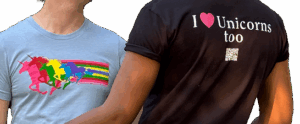
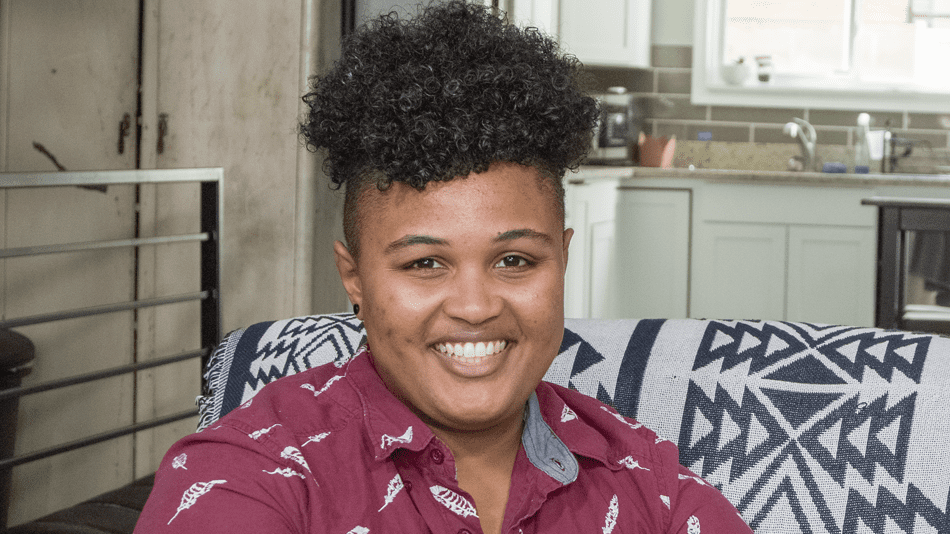
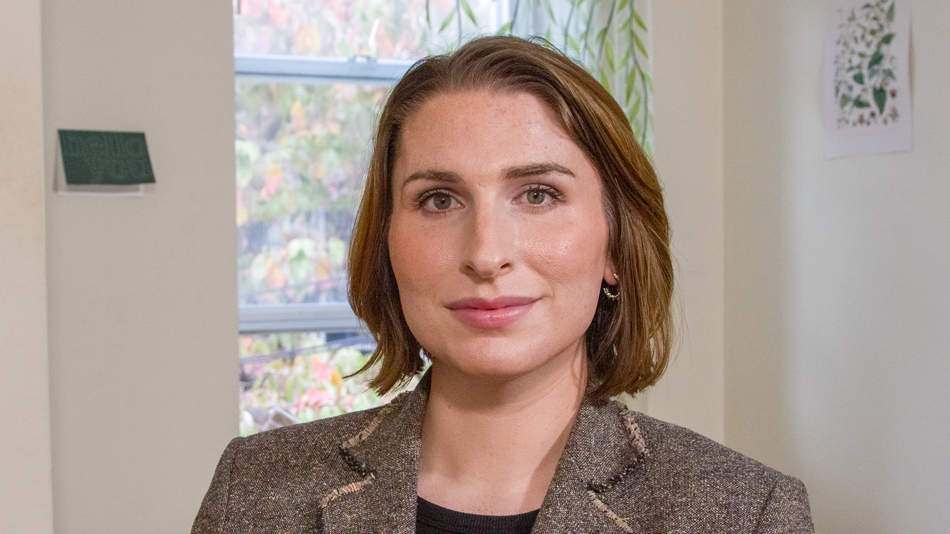

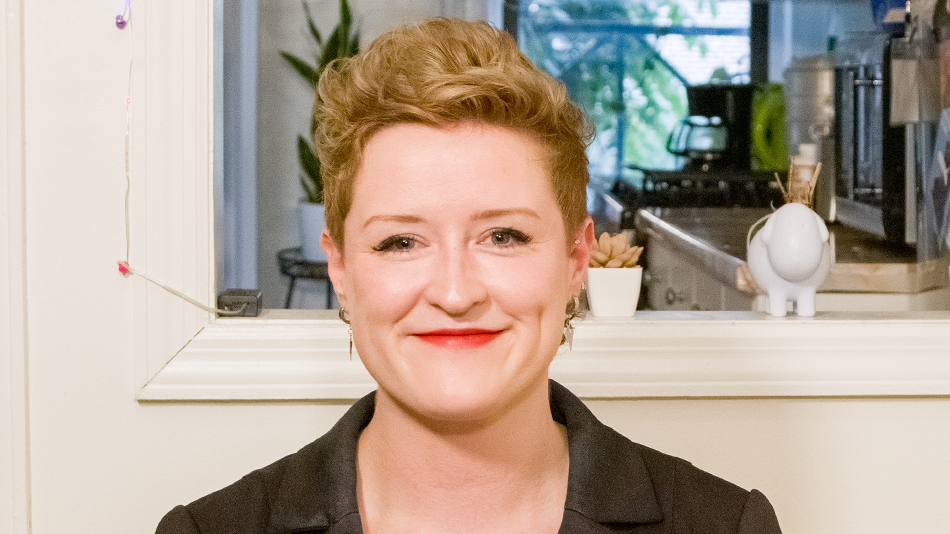
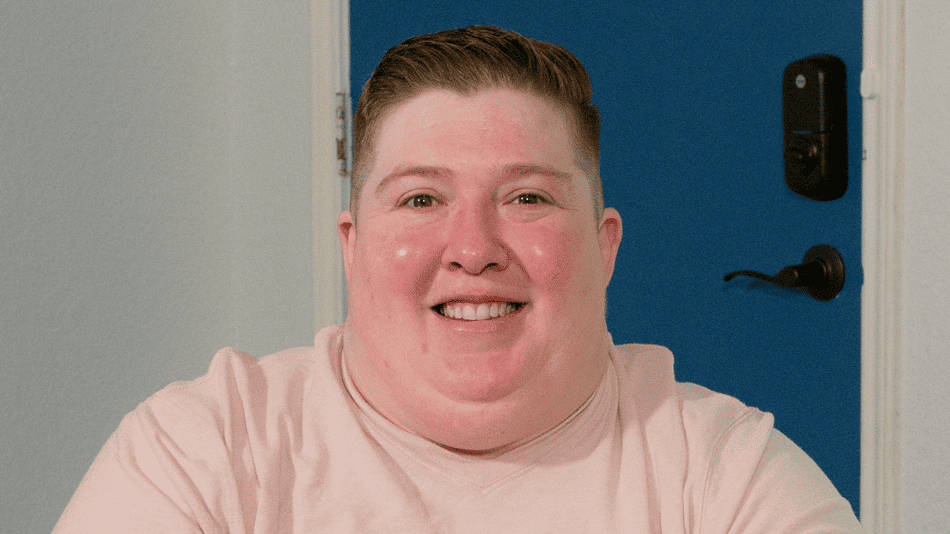
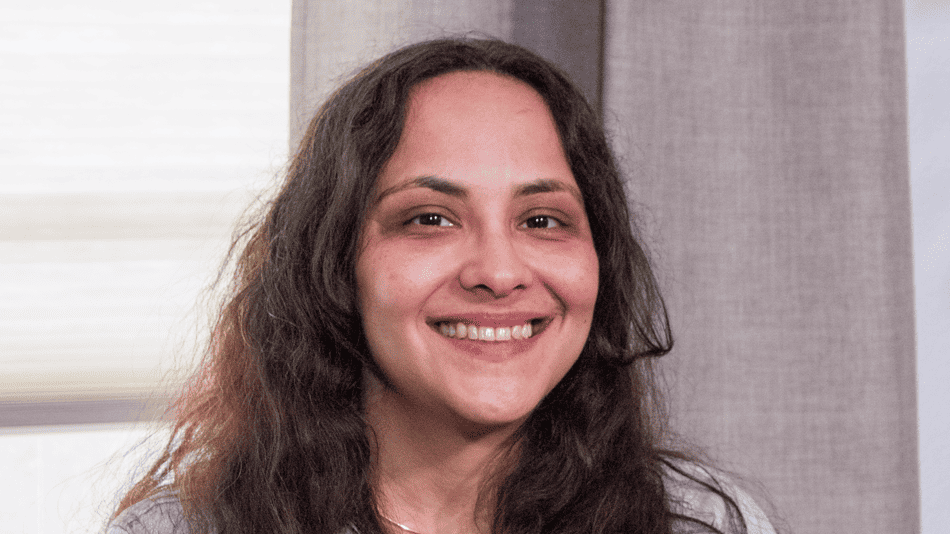
Share